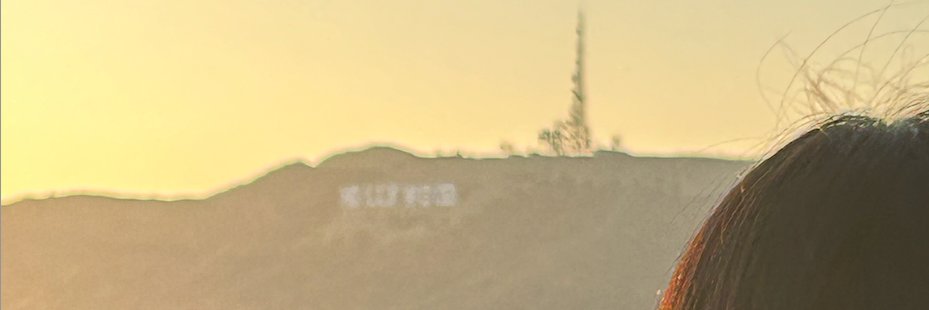
Chenyu (Monica) Wang
@ChenyuW64562111
PhD student at MIT CSAIL
Excited to share: “Learning Diffusion Models with Flexible Representation Guidance” With my amazing coauthors @zhuci19, @sharut_gupta, @zy27962986, @StefanieJegelka, @stats_stephen, Tommi Jaakkola Paper: arxiv.org/pdf/2507.08980 Code: github.com/ChenyuWang-Mon…

🧬 What if we could build a virtual cell to predict how it responds to drugs or genetic perturbations? Super excited to introduce CellFlux at #ICML2025 — an image generative model that simulates cellular morphological changes from microscopy images. yuhui-zh15.github.io/CellFlux/ 💡…
Excited to share our new ProxelGen paper! Completely different from RFDiffusion etc., we generate proteins as densities instead of point clouds. Turns out this works just as well and e.g. does better on some scaffolding tasks. arxiv.org/abs/2506.19820 (1/8)
Defining “what is good” is central to both AI and Science. Despite massive efforts towards building the Virtual Cell, our recent @NatureBiotech article reflects on whether current gold standards (i.e., evaluation metrics) still hold up. nature.com/articles/s4158…
What makes a good cell embedding🧬? Is a higher score always better? Not quite! In this new preprint with @Jure & #Aviv, we ... [1/3] biorxiv.org/content/10.110…
Excited to unveil Boltz-2, our new model capable not only of predicting structures but also binding affinities! Boltz-2 is the first AI model to approach the performance of FEP simulations while being more than 1000x faster! All open-sourced under MIT license! A thread… 🤗🚀
We are very excited announcing our MLL lab! We are looking for collaborators on RAGEN, VAGEN, Chain-of-experts, T*, LongVideoHaystack, foundation models for embodied agents, etc mll-lab-nu.github.io
Prof. Manling Li @ManlingLi_ MLL Lab is doing cutting-edge work on multimodal agentic AI models. She has many openings for students and interns available: mll-lab-nu.github.io
Great work led by Hanchen on AI agent for spatial biology!🫡
🌟Meet SpatialAgent: an AI agent for spatial biology (a key tech to understand cancer and develop therapies) It rocks from experiment design to data analysis to hypothesis generation. It supports multi-organs, spans species, and can work alone or team up with human scientists🧑🔬
🌟Meet SpatialAgent: an AI agent for spatial biology (a key tech to understand cancer and develop therapies) It rocks from experiment design to data analysis to hypothesis generation. It supports multi-organs, spans species, and can work alone or team up with human scientists🧑🔬
Vision models have been smaller than language models; what if we scale them up? Introducing Web-SSL: A family of billion-scale SSL vision models (up to 7B parameters) trained on billions of images without language supervision, using VQA to evaluate the learned representation.…
📢 Excited to share our new paper: Challenges and Paths Towards AI for SWE We discuss: 🛠️ 6 sub-tasks needed for SWE 🤖 9 challenges of today's AI in SWE 🔮 9 future directions to address the challenges w/ collaborators from MIT, Berkeley, Cornell, Stanford, and UPenn ⬇️ (1/n)
New paper (and #ICLR2025 Oral :)): ProtComposer: Compositional Protein Structure Generation with 3D Ellipsoids arxiv.org/abs/2503.05025 Condition on your 3D layout (of ellipsoids) to generate proteins like this or to get better designability/diversity/novelty tradeoffs. 1/6
Excited to share my #ICLR2025 paper, with JC Hütter and friends! Genetic perturbation screens allow biologists to manipulate and measure the genes in cells = discover causal relationships! BUT they are expensive to run, expensive to interpret. ... We use LLMs to help!
Test-Time Alignment for Complex Reward Functions? We introduce a test-time, reward-guided iterative refinement algorithm for diffusion models. masatoshiuehara.com/research/rerd
Our MIT class “6.S184: Introduction to Flow Matching and Diffusion Models” is now available on YouTube! We teach state-of-the-art generative AI algorithms for images, videos, proteins, etc. together with the mathematical tools to understand them. diffusion.csail.mit.edu (1/4)
Tired of slow diffusion models? Our new paper introduces f-distill, enabling arbitrary f-divergence for one-step diffusion distillation. JS divergence gives SOTA results on text-to-image! Choose the divergence that suits your needs. Joint work with @wn8_nie @ArashVahdat 1/N